When planting a new garden, perennial or otherwise, get ready to get your hands dirty! Yes, you will need to prepare the soil. Before putting all your new plants into the ground, this is your best opportunity to loosen the soil, break up the clumps (especially if you have clay soil), and remove rocks. Next, add organic matter by mixing a good amendment together with your native soil. This is the perfect time, prior to planting, to add in an organic starter fertilizer. Be sure to work rock phosphate or some other source of phosphorus down into the root zone. Phosphorus, an essential nutrient required by plants, is primarily responsible for healthy root development and fruit and flower production. This nutrient does not move well in the soil, so now is the time to put it where it is needed.
Few gardeners pay attention to the pH level in their perennial garden. Though most perennials prefer a pH of about 6.5, some, including dianthus, salvia, linum, and gypsophila, have a distinct preference for more alkaline soils. Others prefer a more acidic soil. If you are interested in the pH of your soil, do a soil test before you begin. We sell pH kits. and the test is very simple to do. Your soil is an entire complex ecosystem below ground, with possible variability in the pH within only a few feet. So check random areas of your new flowerbed to obtain a complete "pH picture" of the soil. If your soil is highly acidic (below 6.0) or highly alkaline (above 7.0), you may need to consult with us about pH adjustors to add to the garden before your planting.
Keep newly transplanted perennials watered for the first few weeks. Water deeply to saturate the entire root ball and establish good contact between the roots and the surrounding soil. It is during this time period that you might not see much above-ground growth. Know why? Because the roots of the new plantings are busy getting established. This is a good thing. No need to fertilize beyond that starter fertilizer--not yet, anyway!
Once your new plants are carefully planted: Mulch, Mulch, Mulch. That's right, put a 2-3 inch layer of garden mulch, small bark or forest products, cocoa mulch or shredded leaves around them. This will blanket the soil and keep the newly planted roots warm, as well as help with moisture maintenance and keep weeds to a minimum.
As your new perennial flowerbed begins to grow and bloom, bloom and grow, then you will know it is a good time to feed with. This will help to promote good plant health and increased blooms.
Sick plants attract bugs like a magnet. If your plants look stressed during the growing season, or if you see disease or insect damage, feed your plants with a quick-release organic fertilizer (try a blend of seaweed and fish emulsion). If this doesn't help, begin again with a new plant. Your garden will thank you!
Perennials last for a number of seasons, but they don't last forever. Some may seem to want to last forever, but they have lost their beauty. If a plant performs poorly, try moving it to a different location. If it still is not happy, send it to the compost pile! Since there are so many outstanding perennial plants to choose from, you should not make do with poor performers.
When designing a perennial garden, think about how you will be able to access your plants to weed, deadhead, or divide them. Perhaps your bed is narrow (up to 3 feet), in which case, you can reach from the edge of the garden without a problem for these chores. If your garden is wider than this, plan a way to access your plants without trampling them and compacting your soil around the plants. This may mean a stepping stone path through the middle, or at least to those unreachable plants. Created at the back of a border, a walkway will be hidden during the growing season, but will make the bed accessible.
And don't forget to mulch. |


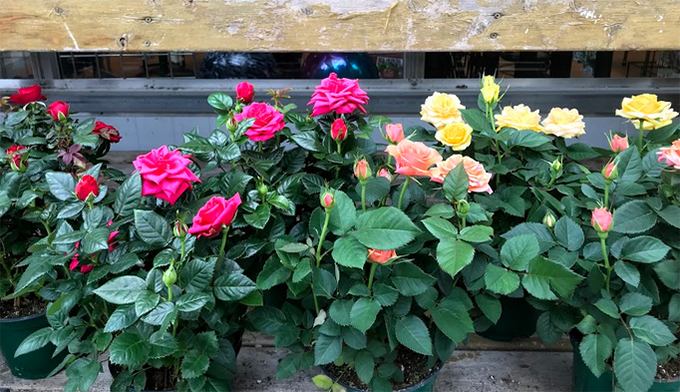
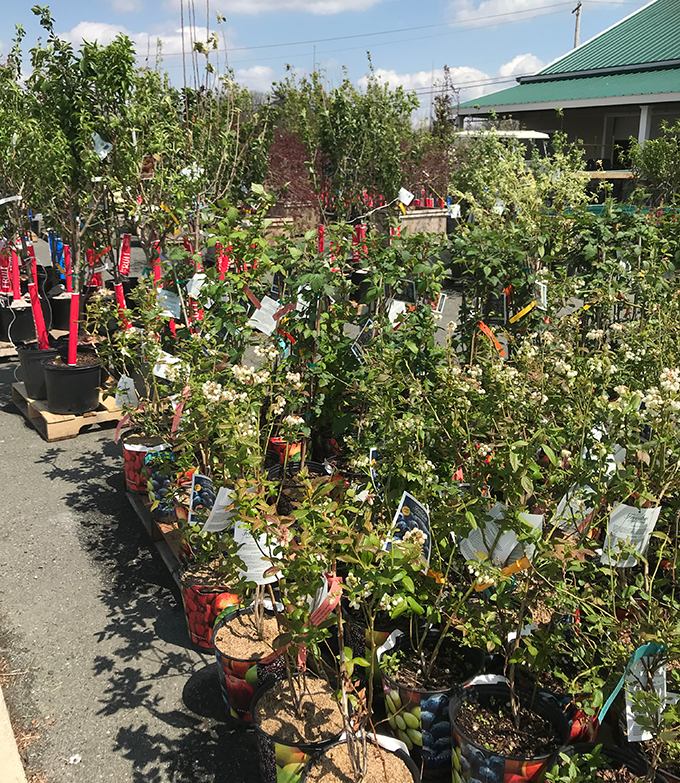
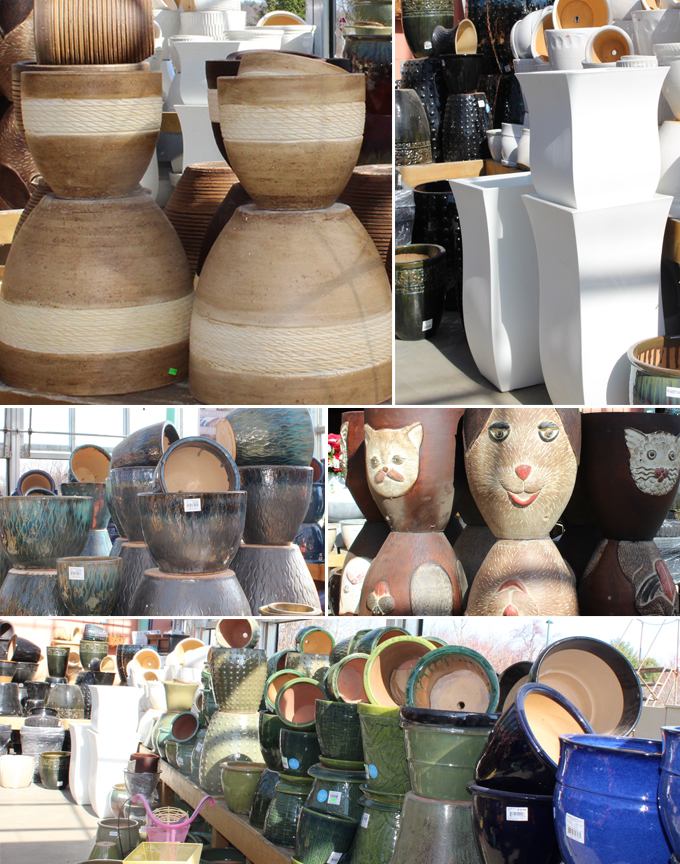

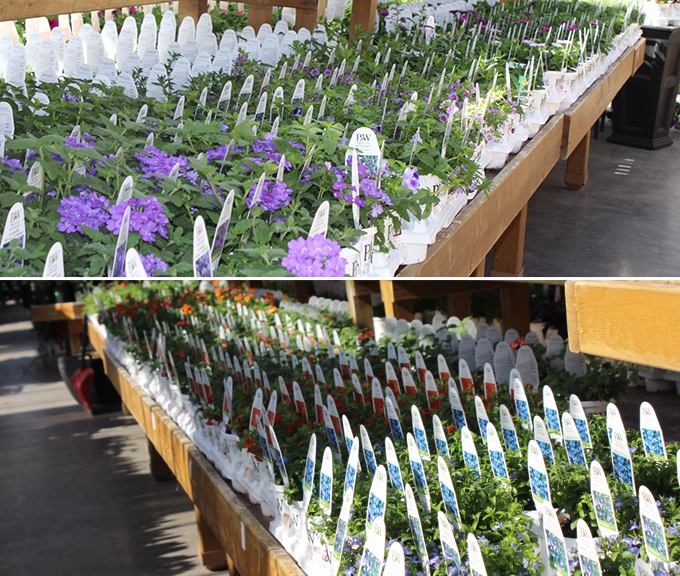




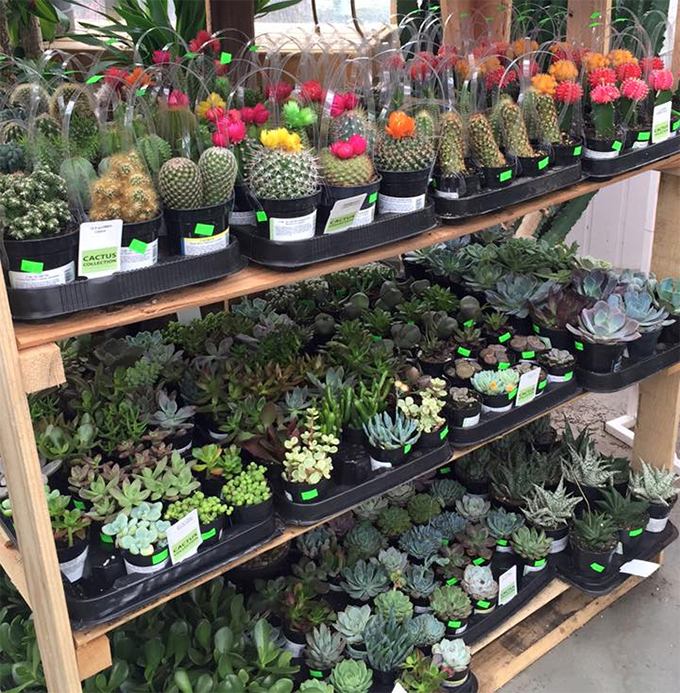
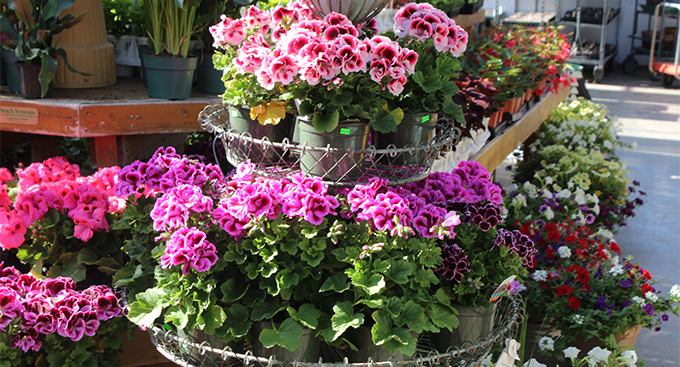
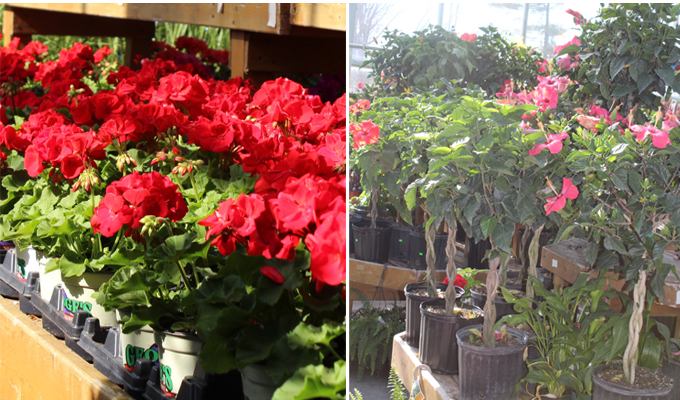
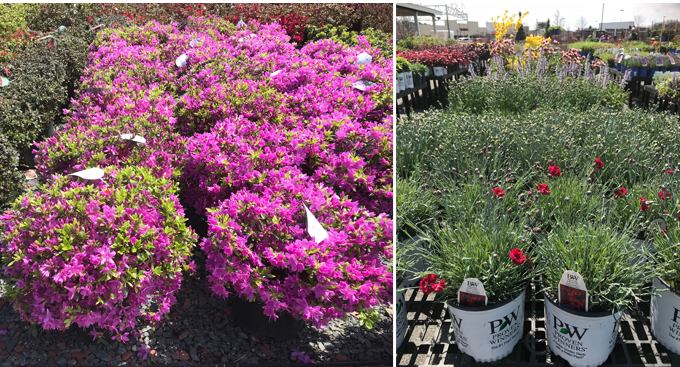

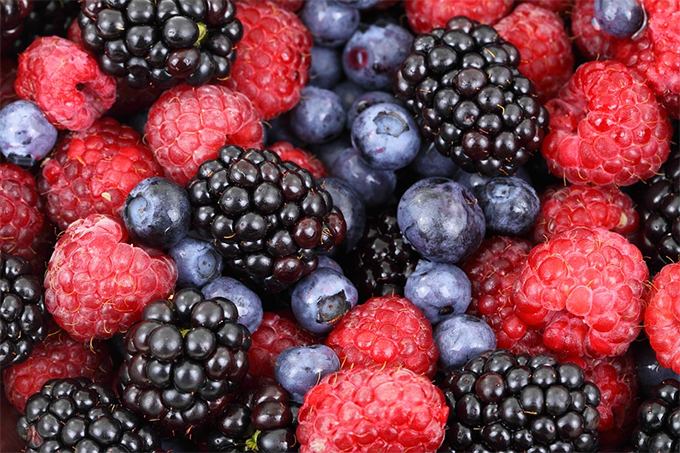





 which passed a joint resolution. President Woodrow Wilson signed the resolution, establishing an official national Mother's Day on the second Sunday in May.
which passed a joint resolution. President Woodrow Wilson signed the resolution, establishing an official national Mother's Day on the second Sunday in May. 
